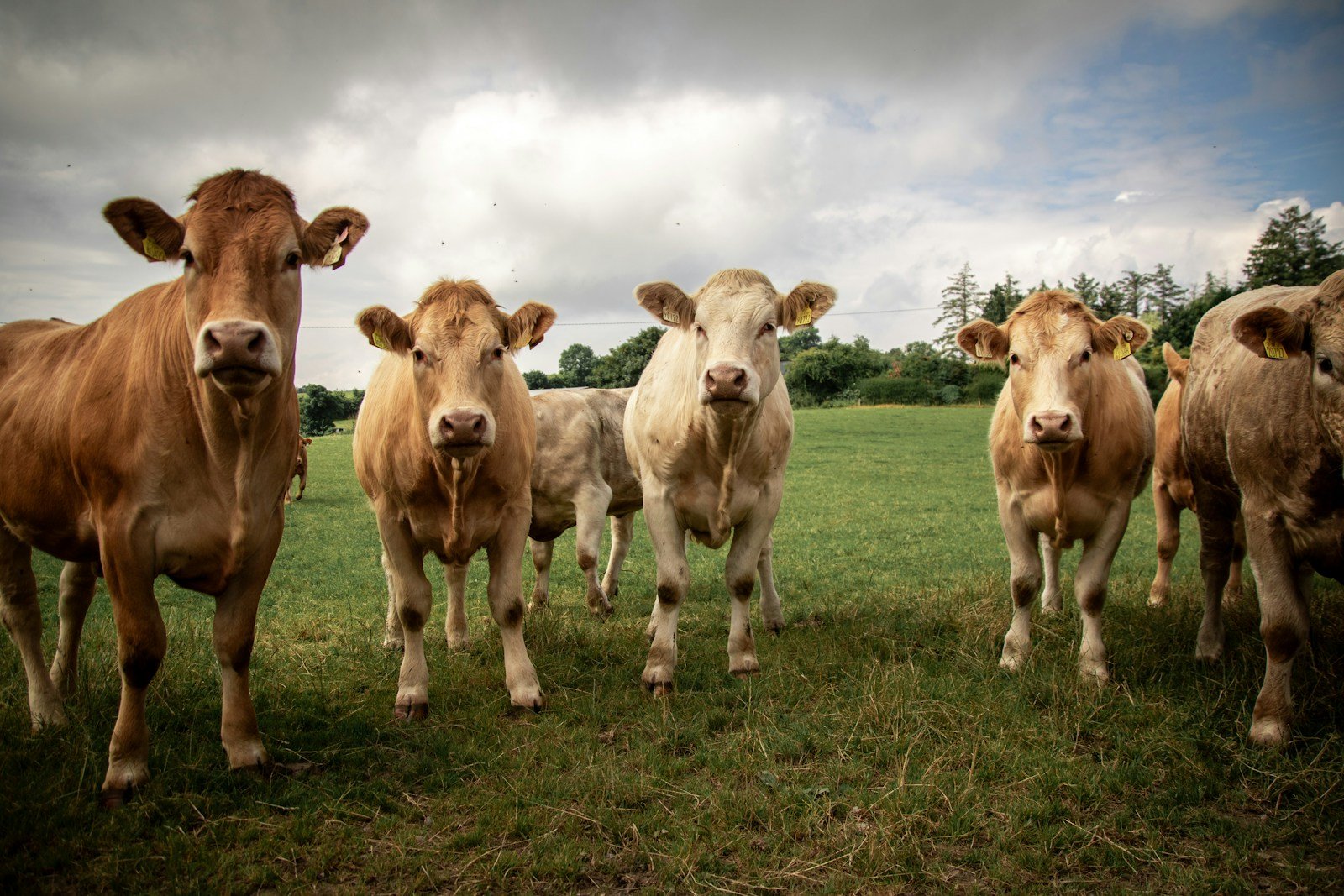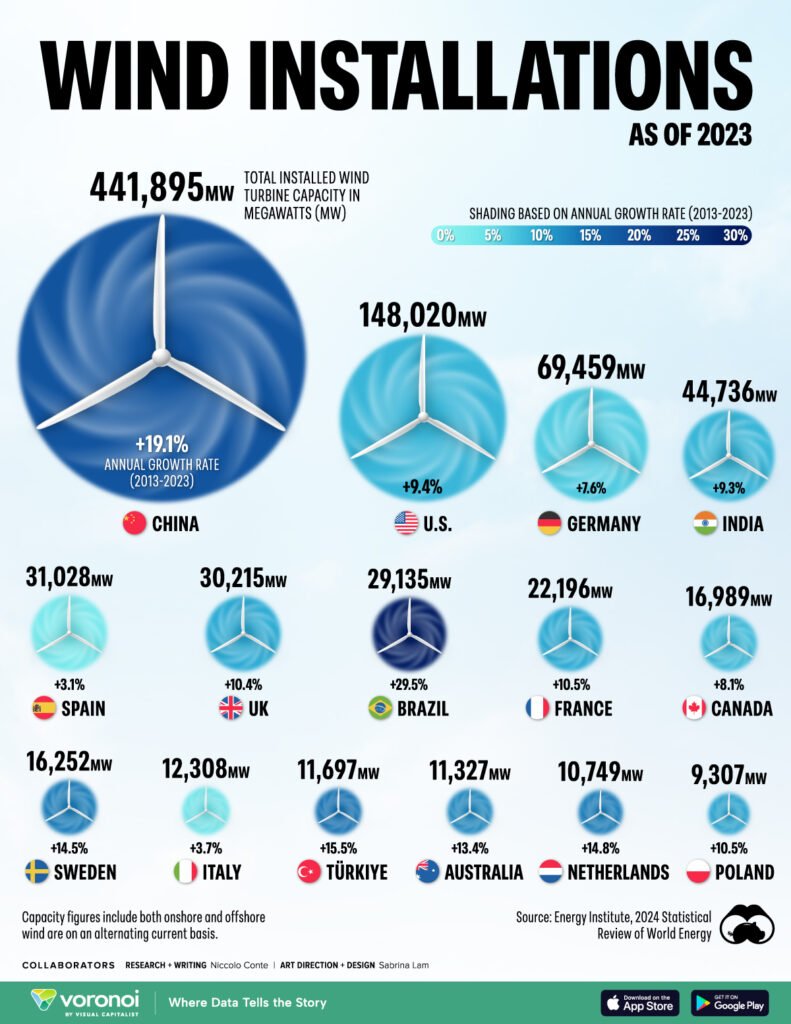Summary
Methane emissions from agriculture, particularly cattle and manure, significantly outpace those from fossil fuels, according to a Global Carbon Project report. Despite growing awareness, methane emissions are rising, necessitating a near 45% reduction by 2050 to meet climate goals. Shifting to plant-based diets can help lower methane levels, as animal agriculture is a major contributor. The climate impact of food choices is critical, with plant-based diets yielding significantly lower greenhouse gas emissions.
Highlights -🌍
- Cattle and manure are top sources of methane emissions, not fossil fuels.
- Methane emissions are rising despite increased policy focus.
- A 45% cut in methane is needed by 2050 to meet Paris Agreement goals.
- Plant-based diets can significantly reduce greenhouse gas emissions.
- Animal farming contributes to biodiversity loss and deforestation.
- Food choices impact climate; less meat means lower emissions.
- Industrialized farming dominates U.S. meat consumption.
🥦 Individuals adopting plant-based diets can reduce their greenhouse gas emissions by 75%, showcasing the power of personal choices in combating climate change.
You might think that fossil fuels score at the very top level of methane emissions levels, but they don’t. It’s cattle and manure, according to a recent report from the Global Carbon Project, which updates its Global Methane Budget every few years. They say that despite an increasing policy focus on methane as a potent greenhouse gas, methane emissions continue to rise.
Emissions from agriculture and waste, including landfills, remain approximately twice those associated with fossil fuels. Keeping global warming well below 2°C — the goal of the 2015 Paris Agreement — is dependent on cutting methane emissions as rapidly as possible. Methane has to be cut almost in half (45%) by 2050 to achieve that goal.
What do you need to know about methane emissions? Methane (CH4) is the second most important anthropogenic greenhouse gas after carbon dioxide. It is also far more potent than CO2 ton for ton, with a global warming potential (GWP) >80 and 30 times more than CO2 for the first twenty years and century after release, respectively.
[...]
Read the full post at CleanTechnica.





